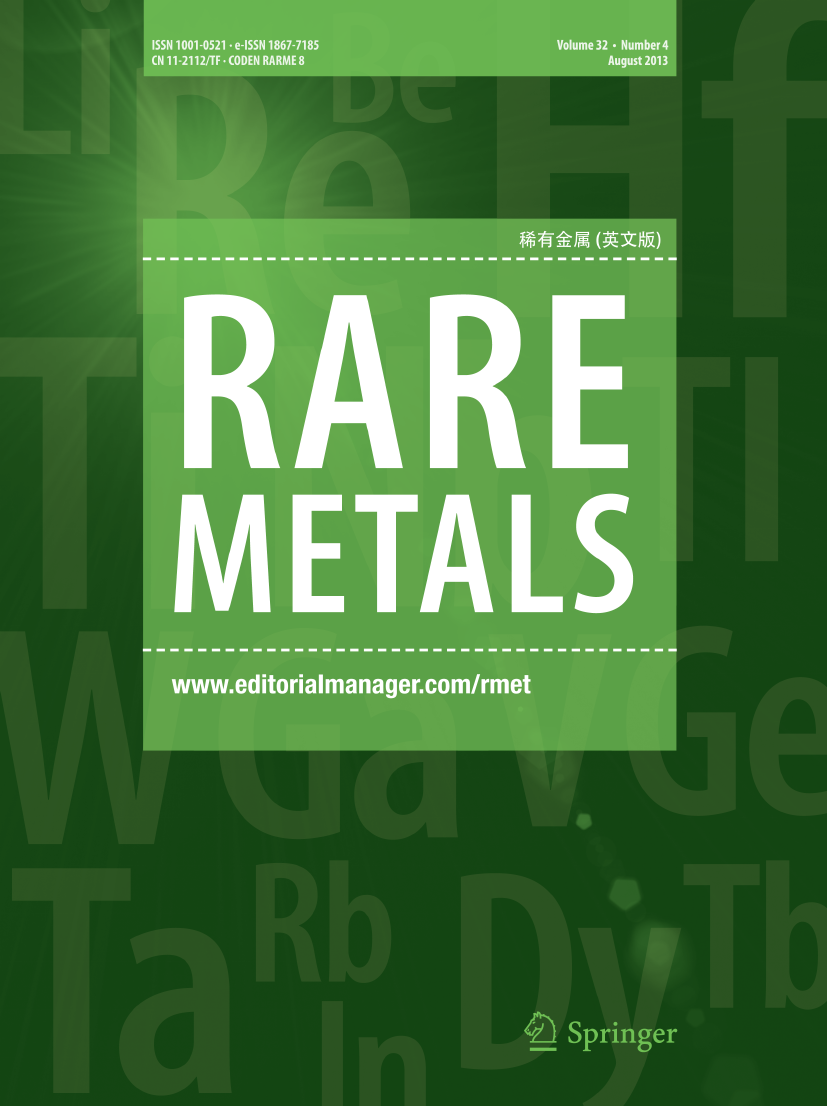Manipulation of microstructure evolution and deformation behavior in Ni–Mn–Ga shape memory alloys with varied Ni/Ga under uniaxial cyclic compression
Abstract
The regulation of martensitic transformation and intrinsic brittleness are critical issues for the application of Ni–Mn–Ga shape memory alloys, and they are closely related to the alloy composition and γ phase. In this study, single and dual-phase Ni55+xMn25Ga20−x (x = 0, 2, 4 and 6) alloys were fabricated. The proportion of the γ phase was elevated gradually, and the peak martensitic transformation temperature was enhanced from 350 to 460 °C with an increasing Ni/Ga ratio. The microstructures of the γ phase were further regulated from continuous block to dispersed granular after annealing. The annealed dual-phase alloy with x = 2 exhibited greater yield stress, compressive strength and toughness than the annealed single-phase alloy. It maintained plastic deformation without fracture, even at a strain of 30%. High strain energy and dislocation density were observed in the martensite of the dual-phase alloy, which can be attributed to γ phases and the interface between martensite and γ phases. Furthermore, [001]-oriented martensite variants were obtained during deformation in the dual-phase alloy. They were parallel to the loading direction and conducive to improving the compressive strength. This protocol provides in-depth insight into the influence of the γ phase on the texture evolution and mechanical behavior of martensite during deformation.

 求助内容:
求助内容: 应助结果提醒方式:
应助结果提醒方式:


